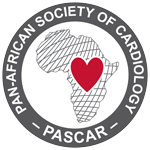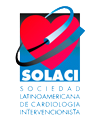ACT NOW. SAVE A LIFE
ACT NOW. SAVE A LIFE OVERVIEW
As an essential part of Stent for Life Initiative, educational campaigns ACT NOW. SAVE A LIFE are run currently in nine European countries (Portugal, Bulgaria, Romania, Ukraine, Spain, Turkey, Greece, Russia and the Czech Republic). The objective is to educate public to recognize heart attack symptoms and act quickly to call EMS in order to reach in time the PPCI hospital.
Key messages are summarized below:
ACT NOW. SAVE A LIFE by knowing the signs of a heart attack and acting quickly to call emergency medical services so the best treatment can be received in the fastest possible timeframe.
KEY MESSAGES
 Recognise the symptoms:
Recognise the symptoms:
The most common symptoms of stroke are:
- Chest pain, tightness of the chest irradiated in both arms at the base of the neck
- Shortness of breath
- Irregular heartbeat
- Palpitations
- Sweating
- Anxiety
- Nausea
- Vomiting
Early symptoms of heart attack can vary from person to person.
Infarction may occur gradually, about a few minutes.
Stroke symptoms persist for at least 20 minutes with feelings of relief and recovery.
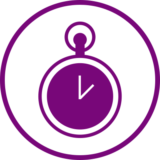 Act quickly:
Act quickly:
If someone around you or you recognize the symptoms of a heart attack, call 112 immediately. Do not wait, even if you consider that symptoms improve, not persistent enough or do not think it’s a heart attack.
Receiving treatment in a short time is vital and a delay of a few minutes can be fatal person.
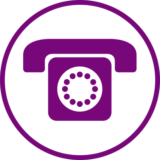 Call emergency services:
Call emergency services:
Call the local medical emergency number in your country.
Emergency medical personnel is trained to intervene in cases of emergency. Ambulances are equipped with devices that perform electrocardiogram (ECG) monitoring heart functions and identifying various types of heart. This monitoring helps healthcare in subsequent decisions determining the correct treatment for a heart attack.
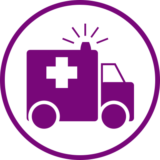 Receive treatment:
Receive treatment:
If you had a heart attack should receive immediate treatment to restore blood flow to the heart.
Depending on the type of stroke, treatment may vary. The treatment is seated in a time as short as possible may reduce the risk of death, recurrent infarction and the risk of irreversible damage.
The most effective method of treatment for acute myocardial infarction, which can save a life is emergency release blood flow to the affected area by implanting coronary stent.
FAQ ACT NOW. SAVE A LIFE
- How to Develop an Action Plan
- How to Measure Quantitative Objectives
SSAL country objectives should be defined according to the three year objectives for all Stent Save a Life programmes.
A strategy then needs to be determined to achieve them.
The next step is to develop a local one year action plan with clearly defined measurable objectives. The SSAL
Task Force should take on this responsibility, since it has representatives of all key SSAL stakeholders who
can dedicate resources, expertise and multidisciplinary approaches.
The action plan operationalises SSAL goals and clearly states:
- The aim to be reached
- The steps that must be followed to achieve this objective, ie the activities to be performed
- The logical sequence in which these activities must be performed
- The dates for the beginning and end of each activity
- The person responsible for implementation of each activity
- The resources required for the implementation of each activity
- The intermediate results (milestones) to be reached at the end of each activity
- The indicators which will assess whether the activities were carried out satisfactorily
Measuring progress against quantitative objectives is an important starting point for evaluating the success
of a SSAL programme.
The overall aim is to increase the use of primary angioplasty for reperfusion therapy in STEMI patients.
The following indicators can be used to assess progress:
- Total number of primary PCI and number of primary PCI per million inhabitants
- Proportions of STEMI patients taken to hospital receiving primary PCI, fibrinolytics, and no reperfusion therapy
- Number of 24/7 cath labs
- Average population size served by a 24/7 primary PCI centre
- Number of certified interventional cardiologists
- Overall in-hospital mortality for STEMI patients
- In-hospital mortality for STEMI patients receiving primary PCI, thrombolysis, and no reperfusion therapy
Please refer to the section on establishing a national ACS/AMI registry for details on how to collect the data.
PARTICIPATING
COUNTRIES
As an essential part of Stent for Life Initiative, educational campaigns ACT NOW. SAVE A LIFE are run currently in nine European countries.
Each country is running a local ACT NOW. SAVE A LIFE campaign. Find out more by clicking on each country!



